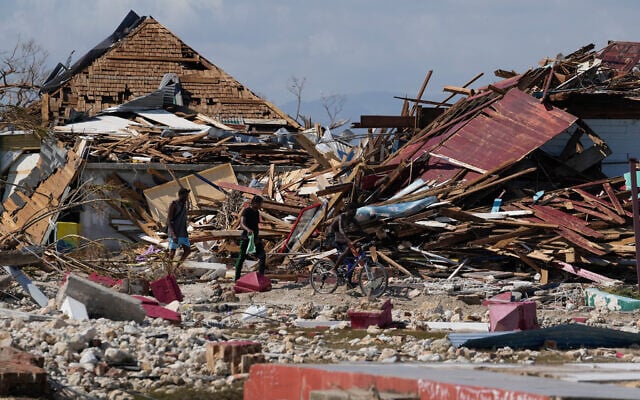By JERUSALEM POST STAFF
A team of archaeologists claims to have located the exact site where, according to Christian tradition, Jesus performed his first miracle - turning water into wine.
A team of archaeologists claims to have located the exact site where, according to Christian tradition, Jesus performed his first miracle—turning water into wine—near the village of Qana in Galilee. The exact location of Qana was a subject of dispute, but experts said they had now pinpointed it. Kafr Kanna, located five kilometers northeast of Nazareth, had traditionally claimed to be the actual location.
However, new excavations at the lesser-known site of Khirbet Qana, located 12 kilometers northwest of Nazareth, suggested that this could be the real Cana, supported by the presence of early Christian artifacts. Since 1998, a team of archaeologists led initially by Professor Douglas Edwards and currently by Dr. Tom McCollough had been conducting excavations in the Khirbet Qana area.
Archaeological evidence from Khirbet Qana indicated that it was a well-connected Jewish village during the lifetime of Jesus. The strongest finding was the discovery of an extensive network of Christian worship sites in a hidden underground cave system beneath the village, dating to the 3rd century CE, found by Dr. McCollough.
These rooms dated from the Byzantine period to the Crusader period (415-1217 CE), and some were decorated and coated with plaster. One of the rooms bore Christian inscriptions depicting crosses, with the names of pilgrims or even the inscription Kyrios Iesou (Lord Jesus). Archaeologists discovered an altar in one of the caves made from an overturned sarcophagus lid. Above this altar was a shelf containing two large stone jars, considered by early Christians to be the ones used by Jesus to turn water into wine.
"On the shelf with the two stone jars, there was room for four more. Six stone jars could hold the water that Jesus turned into wine. All this points to the fact that Khirbet Qana was considered the Cana of the New Testament from a very early period," said Dr. McColloug.
According to the Bible, Jesus performed the miracle at a wedding in the town of Cana in Galilee. When Mary, the mother of Jesus, noticed that the wine had run out, Jesus turned six jars of water used for ritual washing into fine wine.
The fact that Khirbet Qana was a Jewish settlement was confirmed by the presence of a synagogue or place of study from the Roman period, known as a Beit Midrash, as well as six coins minted by leaders of the Jewish Maccabean revolt.
Dr. James Tabor explained that medieval pilgrims preferred the more accessible location of Kafr Kanna over the strenuous ascent to the previously thought location of Cana, according to Newsbomb. According to Dr. Tabor, there were hints in this narrative that Cana was potentially the headquarters of the early Jesus movement or even a personal retreat for Jesus himself.
The problem was that no excavations had found actual evidence of a Jewish settlement beneath Kafr Kanna dating from the Roman period. This made it quite unlikely that Kafr Kanna could be the place referred to by the author of the sign source in the Gospel of John.
These findings not only showed the presence of Jewish culture but also aligned with the biblical narrative of Jesus' miracle, which says the water jars were for ritual washing. What made Khirbet Qana the most promising site for the actual location of Cana of Galilee was the presence of early Christian artifacts.
Kafr Kanna hosts the Church of the Wedding, which is visited by thousands of tourists and pilgrims annually and claims to possess the actual water jars used by Jesus in his miracles.
"This discovery is interesting because Cana may have been extremely significant for Jesus and his followers," Dr. Tabor said, according to Newsbomb. Not only was Cana the site of Jesus' first miracle, but the scant evidence we have also seemed to suggest a more personal connection.


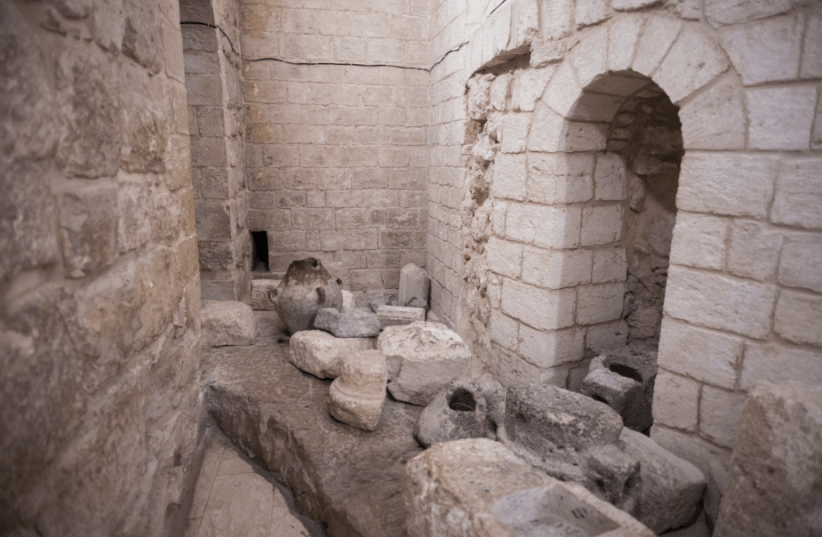
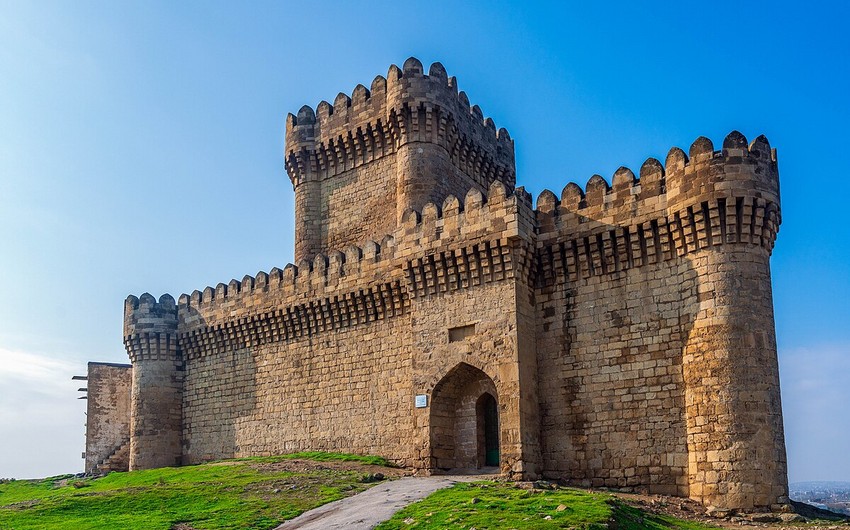
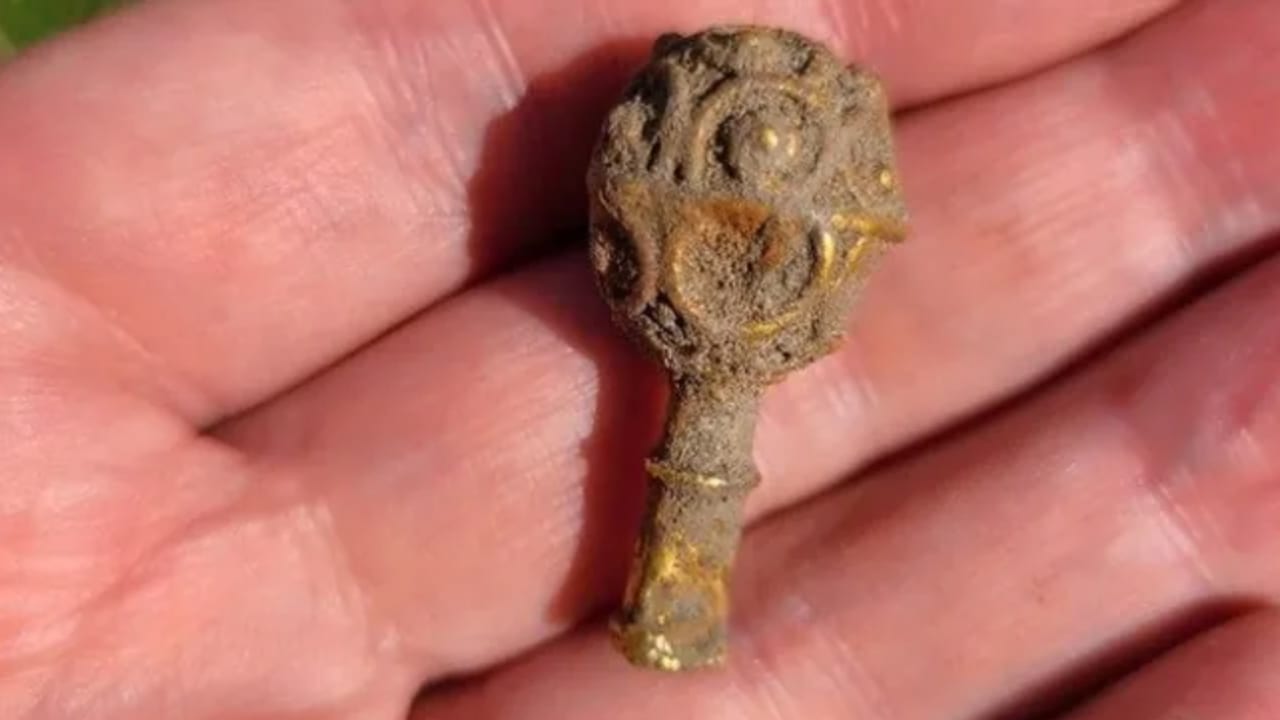

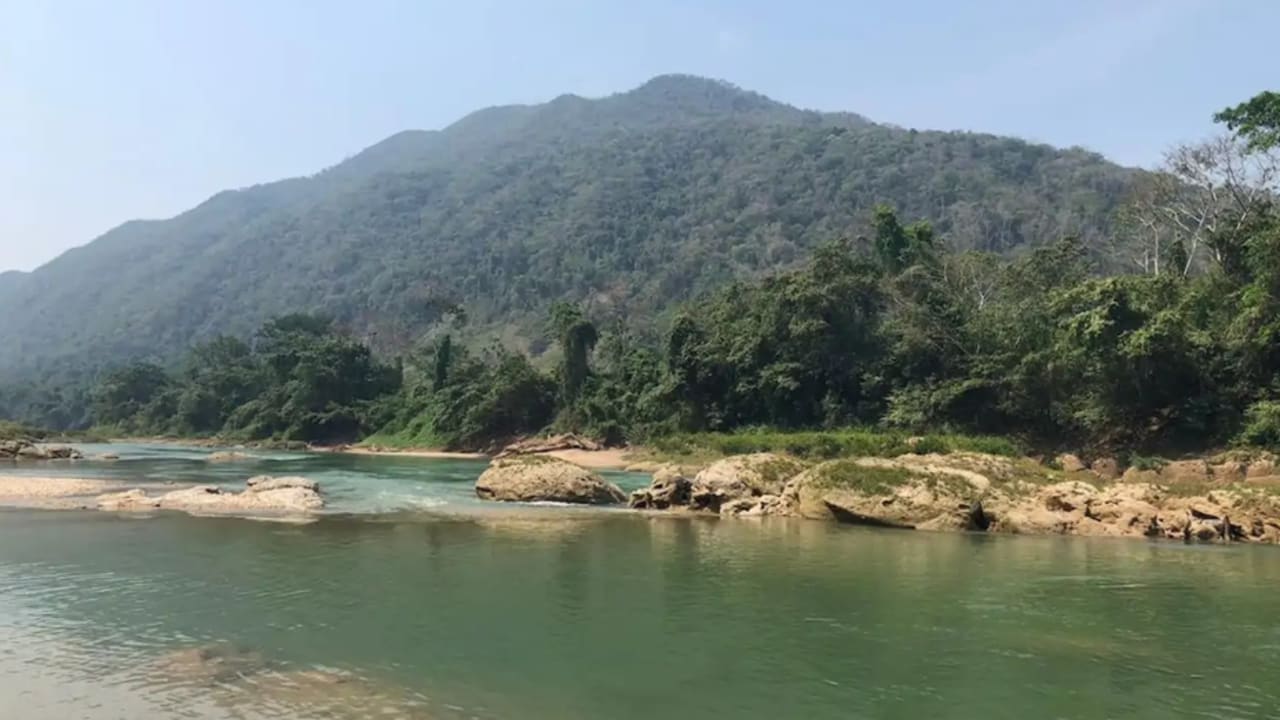


.jpg)
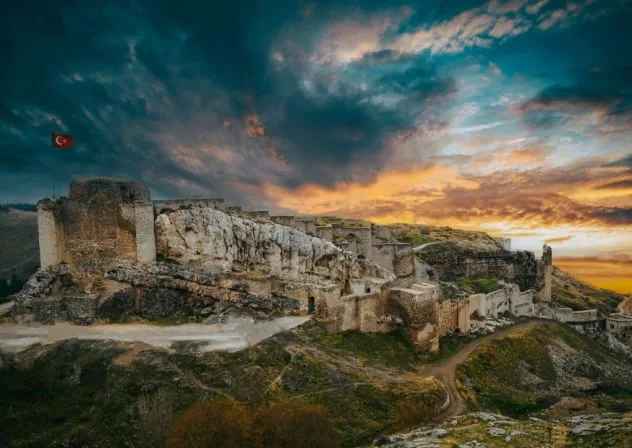
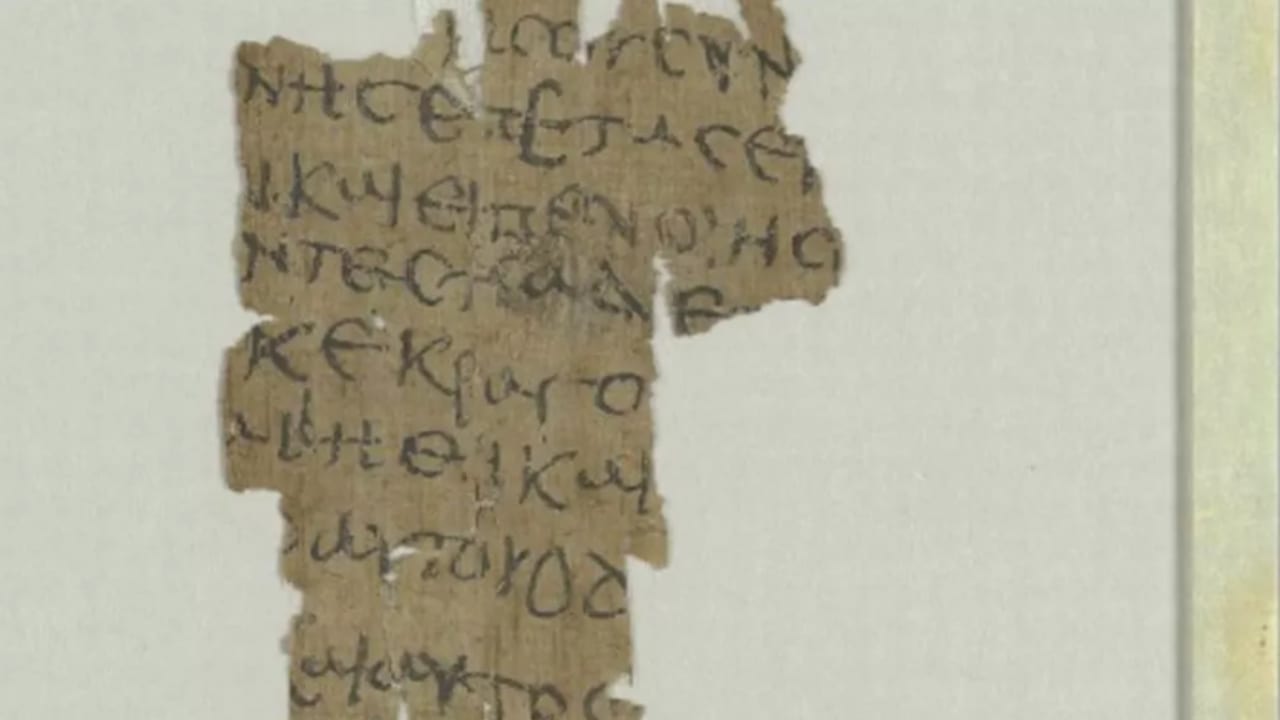


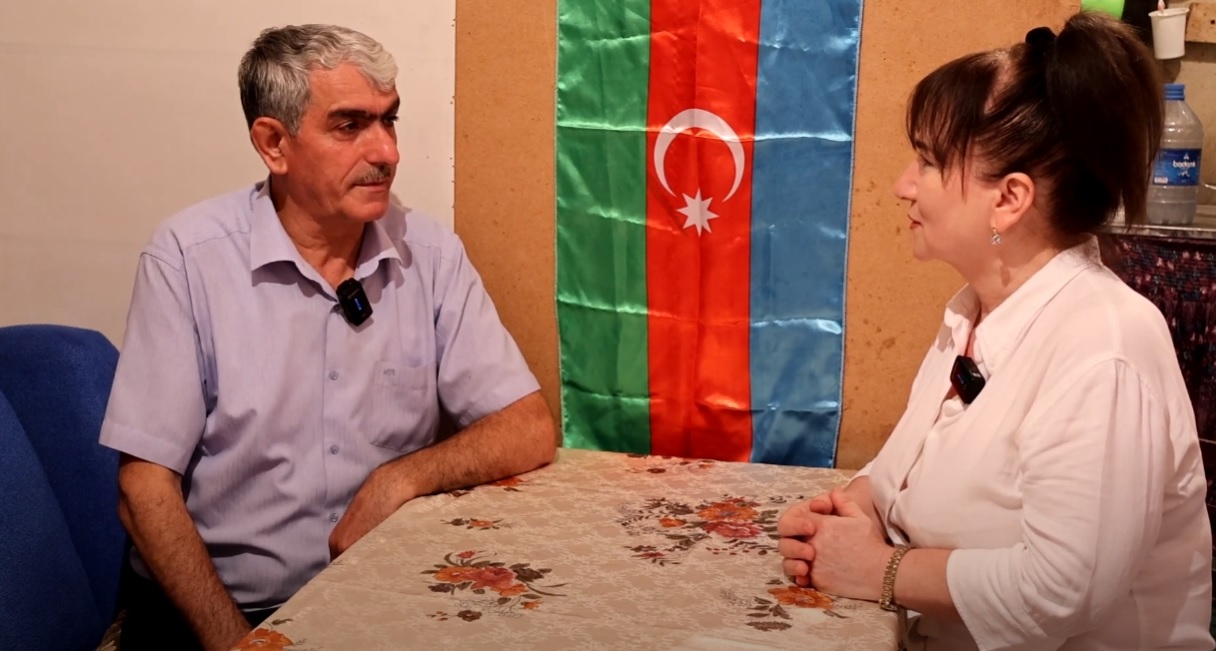

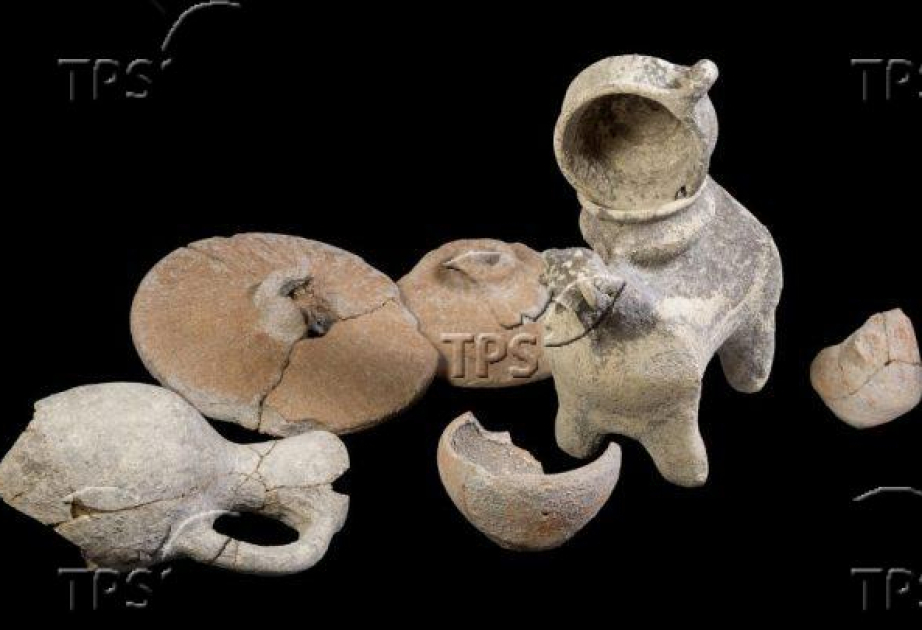

.jpg)

